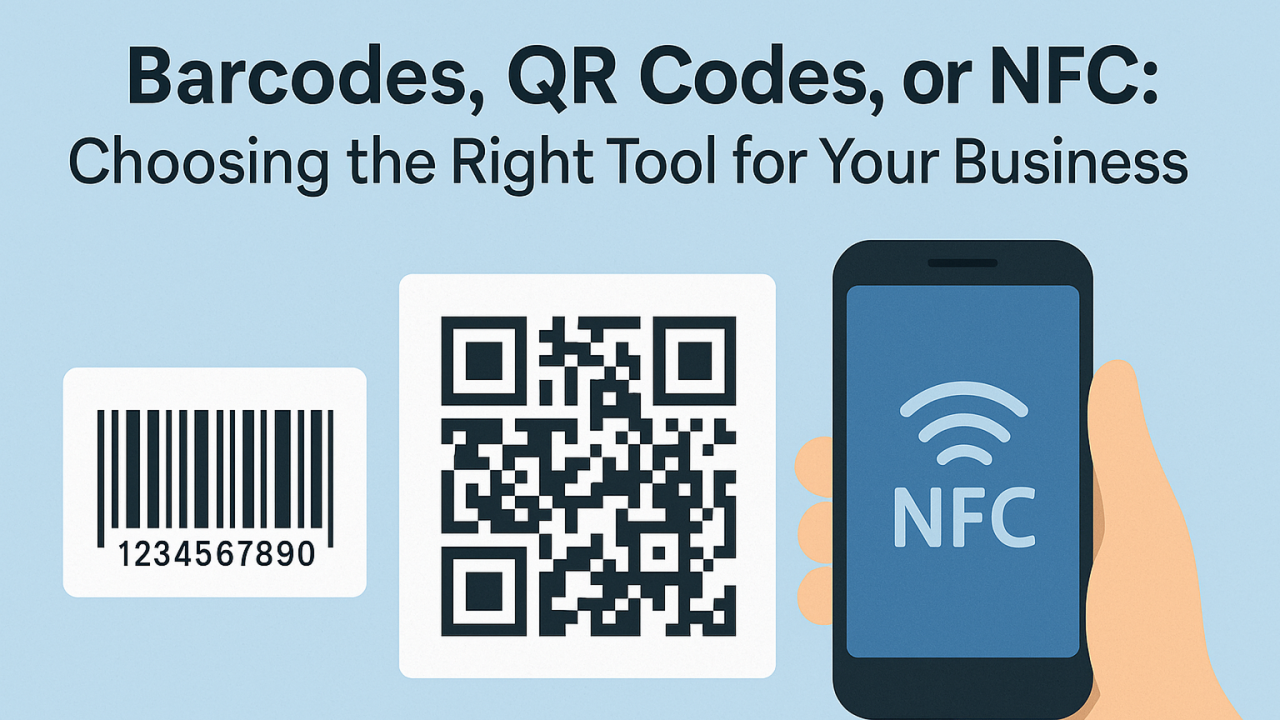Business Process Management (BPM), workflow management and Enterprise content management (ECM) are three confusing concepts. There are some overlap between their functions but they also have their own specific features.
In this article, the author will try to explain the difference between them. Before enter the topic, let’s see the definition first.

Business Process Management (BPM):Business process management (BPM) is a discipline in operations management in which people use various methods to discover, model, analyze, measure, improve, optimize, and automate business processes.
Workflow management:
A workflow management system (WfMS or WFMS) provides an infrastructure for the set-up, performance and monitoring of a defined sequence of tasks, arranged as a workflow application.
Enterprise content management (ECM):
Enterprise content management (ECM) extends the concept of content management by adding a timeline for each content item and, possibly, enforcing processes for its creation, approval and distribution.
BPM VS Workflow management
The need for streamlining and automation tools come from the increasingly competitive nature of business. Eliminating wasteful practices and procedures to achieve optimal performance allows businesses to control quality and costs and can be the difference between success or failure.
However, BPM takes it a step further by allowing multiple workflow scenarios, across multiple channels, to run in peak way. Simply put, BPM improves at the organizational level.
BPM VS ECM
Definitions of conceptual and technological terms of ECM and BPM in academia and industry are often intertwined. For example, Hooper (2009) defines ECM as a strategy to manage information, assets and process, which seems to encompass process management, a central concern of BPM. In another article, Bill Chambers (2007) points out that it is a mistake to consider BPM and ECM technologies to be very different. The same author points out that ECM tools are increasingly incorporating features of business process management.
While in real cases, the BPM and ECM may also have the following difference. After two years of observation of the company’s operation, an expert summarized the following characteristics.
(1) Potential conflicts between librarians and archivists on the one hand, and IT engineers and IT teams, on the other, with different visions and different perspectives on how to model documents and processes;
(2) Business Process Management and Enterprise Content Management platforms that coexist and compete in almost all business initiatives;
(3) Sub-optimal results of ECM initiatives that occur totally apart from the use of BPM methods;
(4) The incorporation of document management initiatives by BPM specialists, who are unaware of formal document management tools such as classification plans and timetables, as well as the operationalization of these instruments.
To conclude that, there are no clear boundaries between BPM and ECM, and it is difficult to tell the differences in real case. Different roles will also have different perceptions of the same tool. ECM may perform better on files or document management by equipping with more detailed and specific functions such as classification plans and timetable etc. While BPM may be easier to use on project management regarding flexibility on access control or client-based processing.
Conclusion
One of the key objectives of an ECM system is to improve workflows, but an ECM system also is concerned with other objectives, including information governance and managing unstructured documents.
Workflow management is similar but differs from process management. A workflow is a sequence of activities needed to complete a specific task, whereas a process is a series of repeatable actions to achieve a goal. Workflow software automates workflow management, while Business Process Management (BPM) software streamlines all business processes and workflows to create a more agile and efficient business.
So instead of thinking it as BPM vs workflow, think of it as BPM and workflow operating together to improve efficiencies. To learn more about BPM tools and how they can help you, request a demonstration from Yeeflow. Also you can try it out yourself to witness the Productivity improvement!





.png)

